REBALANCING ON THE WAY
2010-03-15

Having persevered amid the trials of the financial crisis, the Chinese economy has arrived at the crossroads. As the country looks for more sustainable growth, the issue of economic rebalancing and structural adjustment takes center stage. During the third sessions of the 11th National People’s Congress (NPC)and the 11th Chinese People’s Political Consultative Conference(CPPCC), NPC deputies and CPPCC members sat down with Beijing Review reporters Hu Yue and Yuan Yuan to share their opinions and suggestions for economic restructuring. Edited excerpts follow:
Tapping the Rural Market
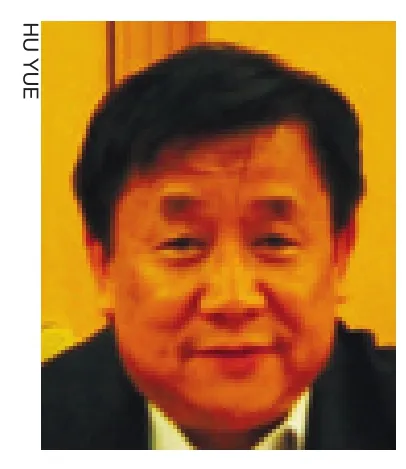
Zhang Jiasheng: deputy to the 11th NPC and Secretary of the Huangcheng Village Committee of the Communist Party of China (CPC), Yangcheng County, Shanxi Province
Since China started setting itself up to rely more on domestic demands,consumption is taking center stage as a powerful growth engine. The rural consumer market, in particular, is a bonanza yet to be fully explored. With their incomes on the rise, many Chinese farmers are less hesitant to spend.
Early last year the country started a program to subsidize rural purchases of home appliances. This has effectively sparked a buying interest among farmers and improved their standards of living.
But it is just a matter of time before the government withdraws the incentives, so a more permanent solution is to improve rural transportation and increase retail outlets to make it more convenient and less costly for farmers to go shopping. Efforts are also needed to support rural employment, and increase farmers’ incomes,pensions and other social bene fi ts. It is also imperative to take measures and protect them from shoddy or fake products.
Rapid extraction of coal has left Shanxi Province with serious environmental damages, and it is time now to heal the scars. Huangcheng Village, for instance, is now basking in the glow of a local tourism boom and modern agricultural take-off. Per-capita net income of the villagers was around 30,000 yuan ($4,393) in 2009,well above the national average.
The province’s coal dependence will surely defy a quick fix, but at least we can adopt advanced technologies that help cut emissions and improve energy efficiency. It is also an improvement to develop the coal chemical industry and increase added value to the resources.
West China Catches Up

Wang Xiaolin: deputy to the 11th NPC and General Manager of Chongqing Shangchu Logistics Co. Ltd.
The western regions of China have made remarkable economic progress in the past decade, but they still have a long way to go before catching up with east coastal provinces in part due to a shaky manufacturing foundation.
Currently, the nationwide economic restructuring offers an opportunity for west China to pick up momentum. Many manufacturers, from home and abroad, are moving westward in order to take advantage of lower costs of land and labor. This is bound to breathe fresh life into the inland economies and shore up local employment. For example, PC giant Hewlett Packard built a production base in Chongqing in August 2009, creating at least 10,000 jobs annually for the city.
Governments of western provinces should offer more policy incentives to attract coastal enterprises,such as tax breaks and easier access to fi nancing. It is also necessary to accelerate infrastructure improvements, such as transportation system and power grid.Despite its proximity to the Three Gorges Power Station, Chongqing is coming under the growing pressure of power shortages.
The widening urban-rural gap is another challenge facing Chongqing, so it is urgent now to break the social system barriers and repair the social safety net for migrant workers. This will also add an extra incentive for the farmers to spend more.
The service sector is also becoming a new growth engine in Chongqing. Its catering sector is well-known across the country and the exhibition industry is also gaining steam as the city comes under the global spotlight.
Manufacturing Upgrades
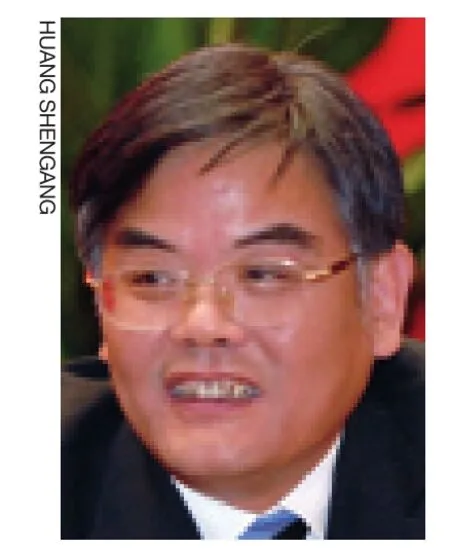
Shao Zhanwei: deputy to the 11th NPC and Secretary of the CPC wenzhou Municipal Committee, Zhejiang Province
Wenzhou, the boomtown of China’s private economy, learned a painful lesson from last year’s financial crisis. As Western consumers hunkered down in their opposition to unnecessary spending, many exporters, mostly small and medium-sized enterprises (SMEs), began spilling red ink—or worse, declared bankruptcy. Shoe manufacturing used to have a foothold in Wenzhou, with more than 5,000 companies in 2005. That number has since dwindled to 2,000.
Dim prospects have left manufacturers no other option but to restructure themselves and sharpen their competitive edge. Many introduced advanced technologies to improve product quality while others enhanced energy ef fi ciency to cut costs.
While manufacturing remains a pillar industry, Wenzhou has taken steps to diversify into other emerging businesses, like solar power, semiconductor lighting and bio-pharmaceuticals. The city’s service sector grew a robust 11.5 percent year on year in 2009, an indication of internal economic vitality.
Wenzhou’s entrepreneurs are well-known for their market-based and innovative business models, traits that will help them stand out among intense competitions.
Aside from this, over 2 million people from Wenzhou have moved overseas, leaving their desolate hometown to earn a living abroad but weaving a tight marketing network for companies back home. This may help pave the way for Wenzhou’s private enterprises to secure a fi rm footing abroad.
SMEs across China share a common ailment—a lack of access to bank lending. In Wenzhou there is around 1 trillion yuan ($146.4 billion) in private capital flowing about with speculative intentions. It is suggested that policymakers deepen financial reforms and provide a legal environment for private capital to fi nance SMEs’ growth.
Boosting Creative Industry
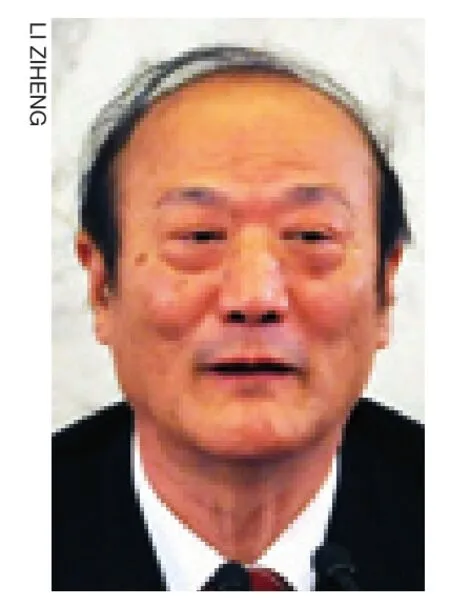
Li Wuwei: Vice Chairman of the 11th CPPCC National Committee and Director of the Institute of National economy under the Shanghai Academy of Social Sciences
With China-made products spreading worldwide, China has become the biggest manufacturing country. Now we have more and more voices for the transformation from “Made in China” to“Created in China.”
This actually is a boost to many industries through upgrades in science and technological innovation. Only in this way can we increase the added value of the products and decrease their negative effects on things like the environment.
The creative industry plays an important role in this process. Creative industries focus not only on creation and innovation, but also the integration of technologies,products and culture. In addition, creative industries can evolve into other industries to further promote innovation and increase added value to other industries—thus boosting the innovation throughout the economy.
In 2009, for instance, our country’s GDP increased by 8.7 percent, while creative industries increased by over 17 percent. These industries have indeed contributed much to our economic growth. However, this develops much faster in the big cities than in other parts of China.
We should, therefore, balance the development of creative industries in different places of China while combining local conditions and characteristics with the appropriate industries. Besides, the government should increase the investment in creative industries as well.Non-pro fi t organizations play a very important role in this regard, too.
Turning Tech Into Products
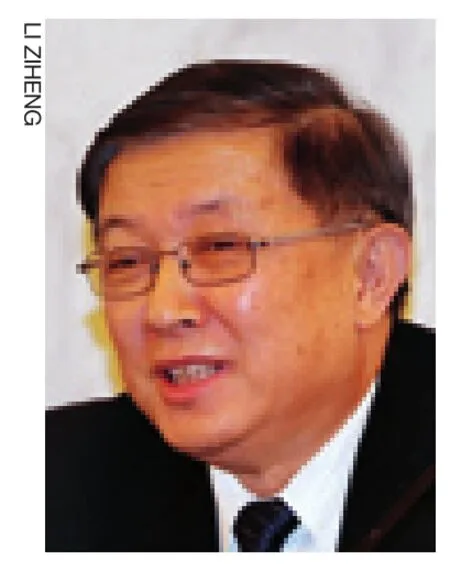
Xu Guanhua: member of the 11th CPPCC National Committee and an academician of the Chinese Academy of Sciences
Science and technology are crucial for the transformation of China’s economic development model. In the past several years, science and technology in China have developed very fast with many more papers issued in top international-level magazines—and more investments in the science studies and research.
But many products are more technology-oriented—not market-oriented. Thus they are consequently not so competitive since costs are high yet are not always immediately practical. Many of the researchers, rather,close their doors before considering market demands.For some products, in fact, they only produce samples,and neglect to make mass production.
In my opinion, to solve the above problems,we have much to do. First, we should develop a market-oriented technological innovation system.We should endeavor to determine why our products fail to enjoy strong market sales—a big concern of the Central Government. We should also speed up the reform on the evaluation and prize system of science and technology, while encouraging more breakthroughs in this field. At the same time, we should give younger people more opportunities and encouragement.
Private Dynamism
Wang Wenbiao: member of the 11th CPPCC National Committee and Vice Chairman of All-China Federation of Industry & Commerce
To transform the economic development model is both a challenge and opportunity for the development of private enterprises. The challenge lies in three points∶ The first is how to develop a long-term view instead of just focusing on short-term interests. The second is how to break the bottleneck of the development of our private enterprise—including attracting talent, technology and capital. The third is how to properly deal with the relationship between the environmental protection and pro fi t making.
These opportunities lie mainly in the realm of government support. The Central Government has attached more and more importance to the development of small and medium-sized enterprises by issuing a series of policies and documents for the fast and healthy development of the enterprises. The private enterprises have thus had more space and market potential.
After decades of development, private enterprises have gathered economic strength and grasped some good chances while exploring good development models—especially in the fields of recycling economies,ecological environment protection and energy conservation. For further development, I think the private enterprises should have three “transformations.” The first would be to transform the ideas from focusing on small businesses.
The second is to transform development strategies. Our private enterprises have a common problem∶ how to grow big and strong suf fi ciently. We saw many enterprises holding the banner of being “the top 500 in the world as soon as possible.” This is a result of impatience.
The third is to develop technological innovation within enterprises and increase the added value to the products.
Changing Ideas

Li Lijun: member of the 11th CPPCC National Committee and Deputy Director of the Supervision Department of Hunan Provincial Government
The importance of transforming the economic development model has been mentioned for a long time—while the measures of the transformation have hardly been put into practice.The fundamental reason, I think, is the traditional economic development model mainly focuses on extensive development and the increase of total output and the GDP has been the evaluation criteria for the government. This traditional model has helped for a period the fast economic development. But with time, more negative aspects have become apparent and became an obstacle for the transformation.
The first negative effect has been on scienti fi c and technological development. Independent innovation is time-consuming and cannot make obvious achievements within a short period. While guided with a traditional model, local governments prefer to engage in short-term projects such as in the chemical industry and manufacturing and are not interested in efforts involving the latest technological research. This makes“independent innovation,” as encouraged by the Central Government, a mere slogan. Consequently, chemical industries, which require little time but are more pro fi table, for example, have witnessed more development in many places at the expense of environmental safety and conservation.
The second is that there exists an unhealthy climate in terms of competition for attracting foreign investment. In order to draw foreign investment, that is, local governments frequently offer many preferential policies for the foreign companies while allowing for the deterioration of the environment in which domestic enterprises operate.
The third negative aspect is that this situation has led to many low-quality, redundant construction projects—while creating overcapacity.
My suggestion is that the development ideas at dif-ferent levels of government should be fundamentally shifted from focusing on quantity increases to quality upgrades—and from short-term increases to more sustainable development, which involves high technology elements.
We should also change the evaluation criteria for the government officials to set up a more scientific evaluation system.
A Triangle Economy
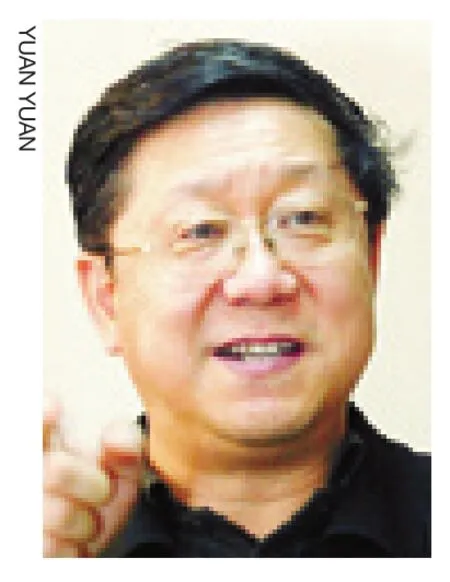
Tang Shuangning: member of the 11th CPPCC National Committee and Chairman of China everbright Group
“Triangle is the most stable form”is a rule in natural science, and this rule also applies for social science. To keep a stable and healthy economic development in China, we also need a triangle development model.
One angle of the triangle is speed.We must put 8-9 percent of GDP growth as the medium- and long-term goal for economic development.
The second angle involves structure. In other words, in order to keep the triangle in normal shape,we must adjust economic structure. The investment,at present, should be put more on fastening the development of small cities, infrastructure construction,scientific and technological research and ecological environment protection.
The third edge of the triangle is safety—or the stability of the economic development. There are four elements that can threaten the safety of economic development. They are inflation, non-performing loans,fiscal deficits and an excessive foreign exchange reserve.
The shape of this triangle differs in different economic development period. Moreover, it is only when we adjust the economy within a triangle shape that the economy can stay stable and increase in a healthy way.
Low-carbon Goals
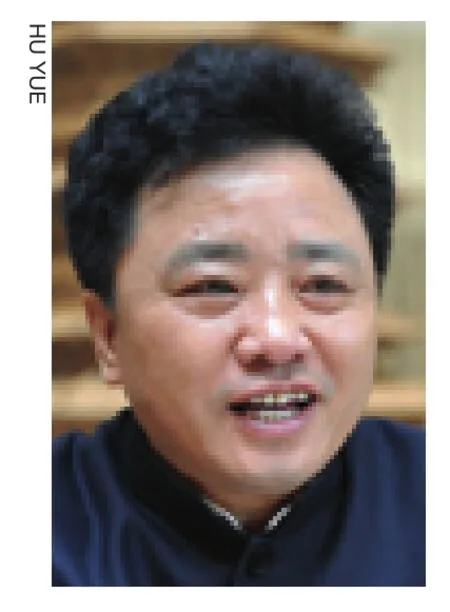
Jin Zhiguo: deputy to the 11th NPC and General Manager of Shandong tsingtao Brewery Co. Ltd.
As the economic growth focuses on quality over quantity, energy efficient and environmentally friendly green industries are getting the chance to shine. And for many struggling industries, going low-carbon is not an option but a basic necessity if they wish to thrive in the future.Chinese alcohol makers, in particular,have lagged behind their foreign counterparts due to low energy ef fi ciency and serious pollution problems.
But the dynamics are set to change. Many enterprises now are embarking on different routes to a carbon-constrained growth model, which is more sustainable and also pro fi table.
Tsingtao Brewery, for example, has adopted advanced technologies to improve energy ef fi ciency and reduce costs. Carbon dioxide released during the beer brewing process is now collected and puri fi ed for use in the production of canned beer, effectively eliminating air pollution. Wastewater is also recycled and reused along the assembly line.
The green efforts are paying off as the company reported a robust 75-percent growth in profits last year while many domestic rivals struggled to survive.
As Chinese companies move up the value chain,they need to push forward research and development,as well as branding so that they can press ahead with innovation and lay a solid market foothold.
Tsingtao Brewery used to own more than 150 brands, but few of them enjoyed wide customer recognition. In an attempt to tackle the conundrum, we focused on a few high-end brands and made vigorous efforts in branding, marketing and after-sales services.Currently the top four brands command a stable consumer loyalty and make up more than 90 percent of our total sales.
Shanghai Goes Global
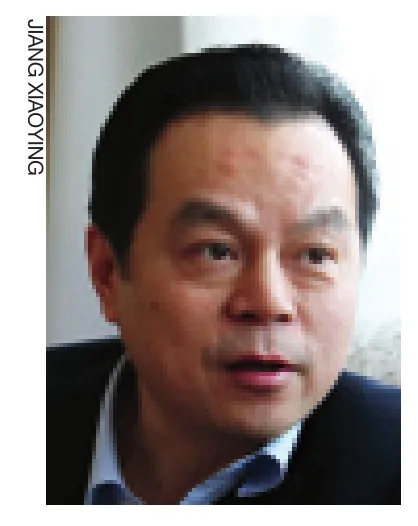
Zhang Zhao’an: deputy to the 11th NPC and Director of the Consulting Department of the Development Research Center of the Shanghai Municipal People’s Government
Involving nationwide efforts to restructure the economy, Shanghai has always been at the forefront. The city looks to advanced manufacturing and its service sector for a more sustainable source of economic dynamism.The goal is to build the city into an international economic, fi nancial, trade and shipping center.
The advanced manufacturing industries, including auto-making, bio-pharmaceuticals, information technology, steelmaking and shipbuilding, have largely relocated to suburban areas, leaving space for the service sector to prosper. The movement is also a needed boon for the underdeveloped suburbs to gather momentum.
The service sector now accounts for 59 percent of Shanghai’s economy, well below that of developed countries. But Shanghai has deep potential to play a quick catch-up. Its huge population and growing economy are pushing up demands for all kinds of services, and the Central Government has also pledged a better policy environment for the sector to grow.
But the local government is still expected to remove some system barriers. For example, many manufacturers are also involved in service businesses like logistics and industrial design, and are eligible for a deduction in value-added tax. But if they separate the service businesses and set up an independent company, they would have to pay all the business tax. This has discouraged many enterprises from expanding their service businesses. ■
